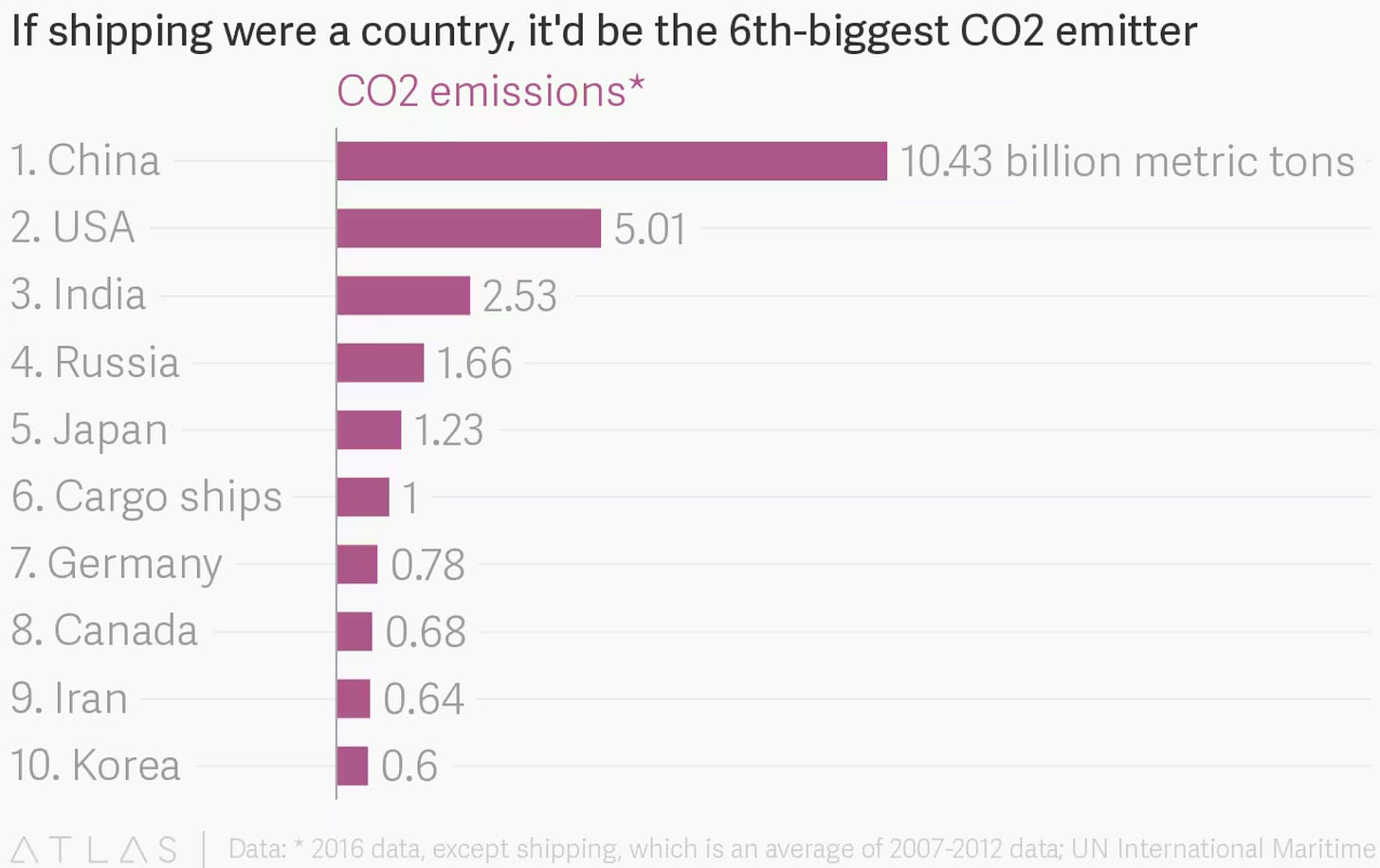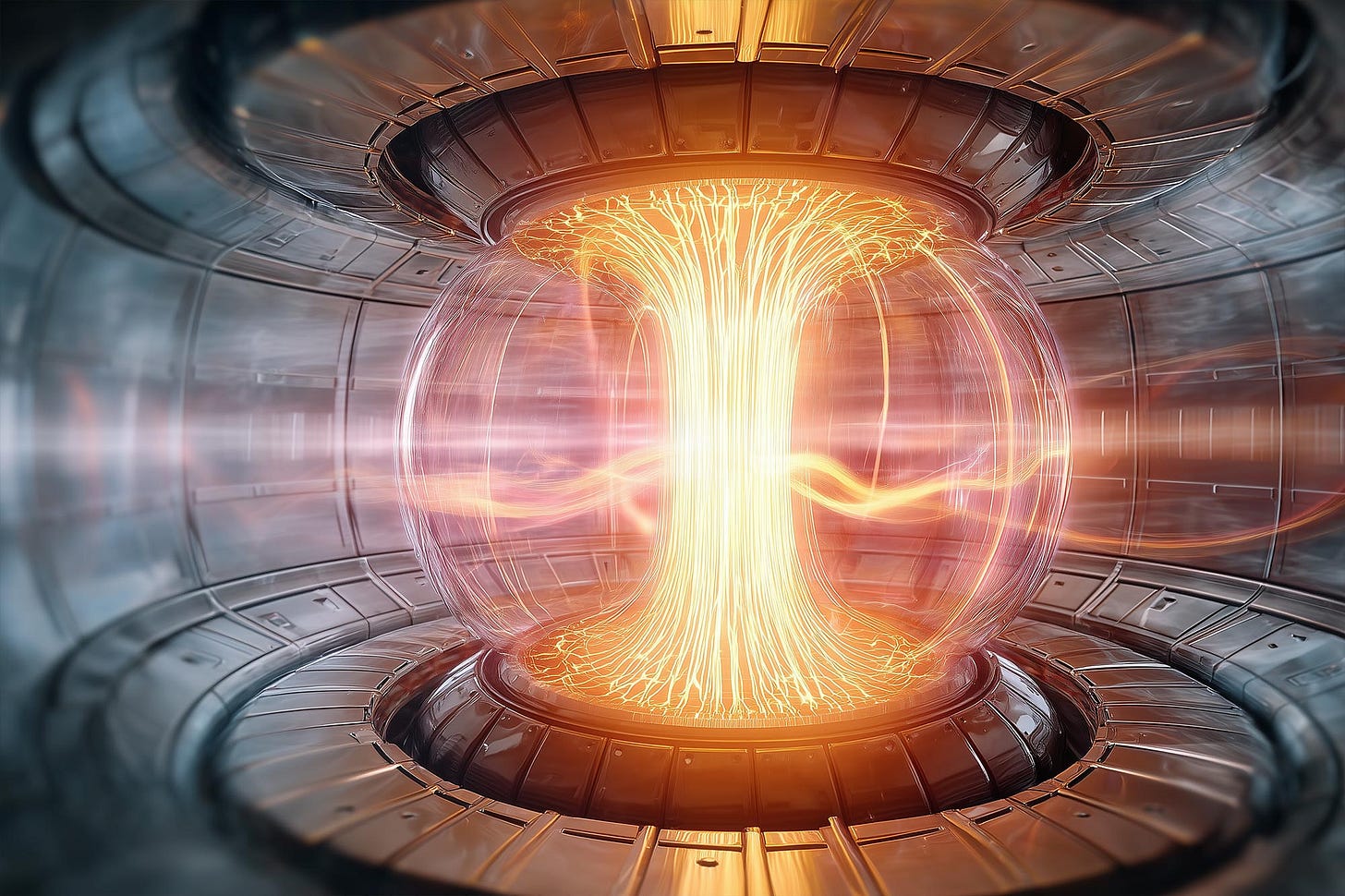Everyone's Building Fusion for the Grid But These Founders Chose Ships
Maritime Fusion is using breakthrough science to meet desperate market need
Read Time: 6 mins
Everyone’s trying to put fusion on the power grid. What if the best starting point is ships?
I’ve been tracking fusion startups and most are focused on the same goal: powering the electrical grid.
The problem? First of a kind (FOAK) fusion reactors face high competition, high-maintenance, and cost 5-10x more than current electricity sources.
One team caught my attention with a contrarian approach: Maritime Fusion. They’ve raised their seed round with Y Combinator and have attracted notable investors like Paul Graham.
“Fusion has been the energy source of the future…and it always will be. But high-temperature superconductors (HTS) have changed the game for magnetic confinement, and we believe we’ll witness Q > 1 within a few years. That’s huge.”
— Maritime Founders
Subscribe and watch my Moonshot Monday series on YouTube.
Shipping is a Climate Problem
The shipping industry is a lynchpin in the global economy; responsible for 80% of all goods.
If shipping were a country it would be the 6th largest by CO2 emissions.
The maritime industry accounts for 3.3% of global emissions—similar to aviation. 1 could hit 10% by 2050 without intervention. 2
2025 is a big year for the shipping industry because the International Maritime Organization (IMO) has agreed on specific measures to cut greenhouse gases.
20% by 2030
70% by 2040
100% by 2050
How is that going? Not well. The shipping industry is currently off track to meet 2030 goals.3
Today’s ships still rely on diesel fuel. Their alternatives? Expensive fuels like methanol, ammonia and hydrogen that require completely new global infrastructure, while facing major technical and safety challenges. All add complexity and cost to an industry already operating on thin margins.
Sera’s Notes: Green maritime fuels come with significant challenges. They contain far less energy per unit volume than diesel. Green methanol can be made from biomass or by combining captured CO2 (highly unstable) with green hydrogen and creates excessive amounts of water. Green Ammonia requires specialized handling infrastructure due to its toxicity and corrosive properties. Hydrogen is highly flammable, prone to leaks, and reduces cargo capacity with large storage tanks.4
Why Ships Are Perfect for Early Fusion
Keep reading with a 7-day free trial
Subscribe to Conscious Tech to keep reading this post and get 7 days of free access to the full post archives.




